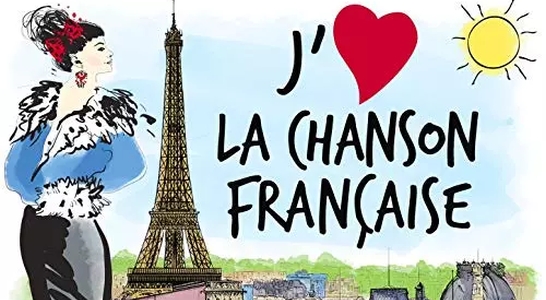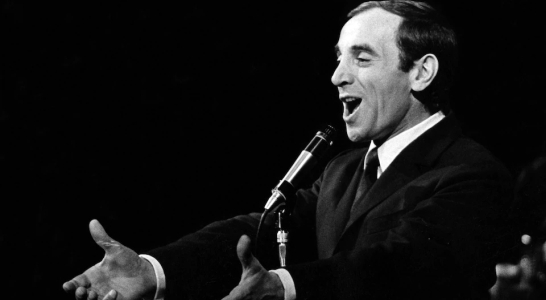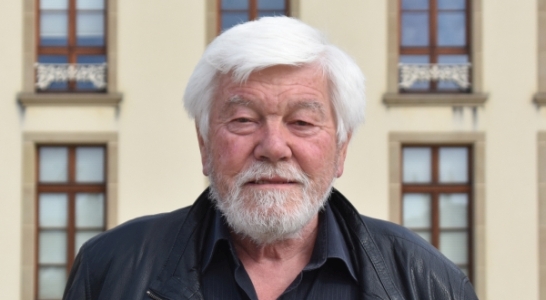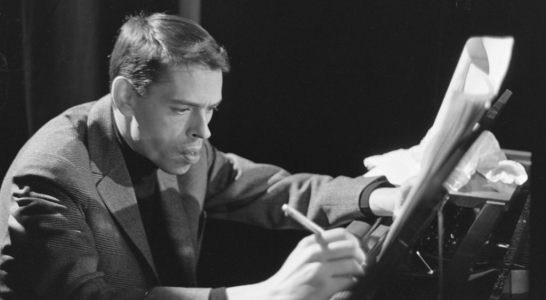“French Chanson” mostly refers to the polyphonic French song of late medieval and Renaissance music. The genre had origins in the monophonic songs of troubadours and trouvères. A broad term, the word “chanson” literally means “song” in French and can thus less commonly refers to a variety of (usually secular) French genres throughout history. Since the 1990s, the term may be used for Nouvelle Chanson, a French song that often contains poetic or political content.
Modern Chanson
French solo song developed in the late 16th century. During the 17th century, the air de cour, chanson pour boire and other like genres, generally accompanied by lute or keyboard, flourished, with contributions by such composers as Antoine Boesset, Denis Gaultier, Michel Lambert and Michel-Richard de Lalande. This still affects today’s Chanson as many French musicians still follow this instrument pattern of Harp and Keyboard.
During the 18th century, vocal music in France was dominated by opera, but solo song underwent a renaissance in the 19th century, first with salon melodies and then by mid-century with highly sophisticated works influenced by the German Lieder, which had been introduced into the country. Louis Niedermeyer, under the particular spell of Schubert, was a pivotal figure in this movement, followed by Édouard Lalo, Felicien David and many others.
Another offshoot of chanson, called chanson réaliste (realist song), was a popular musical genre in France, primarily from the 1880s until the end of World War II. Born of the cafés-concerts and cabarets of the Montmartre district of Paris and influenced by literary realism and the naturalist movements in literature and theatre, chanson réaliste was a musical style which was mainly performed by women and dealt with the lives of Paris’s poor and working class. Among the better-known performers of the genre are Damia, Fréhel, and Édith Piaf.
Later 19th-century composers of French art songs, known as mélodie and not chanson, included Ernest Chausson, Emmanuel Chabrier, Gabriel Fauré, and Claude Debussy, while many 20th-century and current French composers have continued this strong tradition.
French Chanson Revival
In the 20th century, French composers revived the genre. Claude Debussy composed Trois Chansons for choir a capella, completed in 1908. Maurice Ravel wrote Trois Chansons for choir a cappella after the outbreak of World War I as a return to French tradition, published in 1916.
From the second half of the 1920s, the development of French song was influenced by the emergence of jazz and swing, played on stage by small ensembles. The most famous performers of the 1930s are Charles Trenet, Jean Sablon, Mireille, Maurice Chevalier and Tino Rossi.
The evolution of the genre was influenced by Edith Piaf who imposed herself at the end of the 1930s at the ABC theater in Paris, before becoming a star of the song during the following decade. New popular stars emerged in the early 1950s such as Yves Montand, the Compagnons de la chanson, Gilbert Bécaud, Annie Cordy and even Henri Salvador. At the same time, the beginning of the 1950s marked a return to literary sources with the singer-songwriters Léo Ferré, Georges Brassens, Jacques Brel, Barbara and Boby Lapointe.
The 1960s marked the advent of rock’n’roll, which shook up musical codes, with Richard Anthony, Johnny Hallyday, Eddy Mitchell, Les Chaussettes noires, Dick Rivers, and Les Chats Sauvages spearheading it. A generation of young artists, soon nicknamed “the yéyés”, then appears: Sylvie Vartan, Claude François, Sheila, Adamo, Françoise Hardy, Hervé Vilard, France Gall, Pétula Clark, Christophe, Frank Alamo… The new stars like Charles Trenet, Jacques Brel, Georges Brassens, Léo Ferré, Dalida, Charles Aznavour, Henri Salvador, Juliette Gréco, Sacha Distel manage to maintain, or to find a place for themselves, while Jean Ferrat, Serge Gainsbourg, Claude Nougaro, Enrico Macias, and Barbara are on the road to recognition and success.
In La Planche, Loire-Atlantique, the Musée de la chanson française was established in 1992. The museum has the goal to remember the artists that have established the heritage of the chanson from 1930s to 1960s.
In France today, chanson or chanson française is distinguished from the rest of French “pop” music by following the rhythms of French language, rather than those of English, and a higher standard for lyrics – it is referred to as: Nouvelle Chanson.
(Source: Wikipedia)



